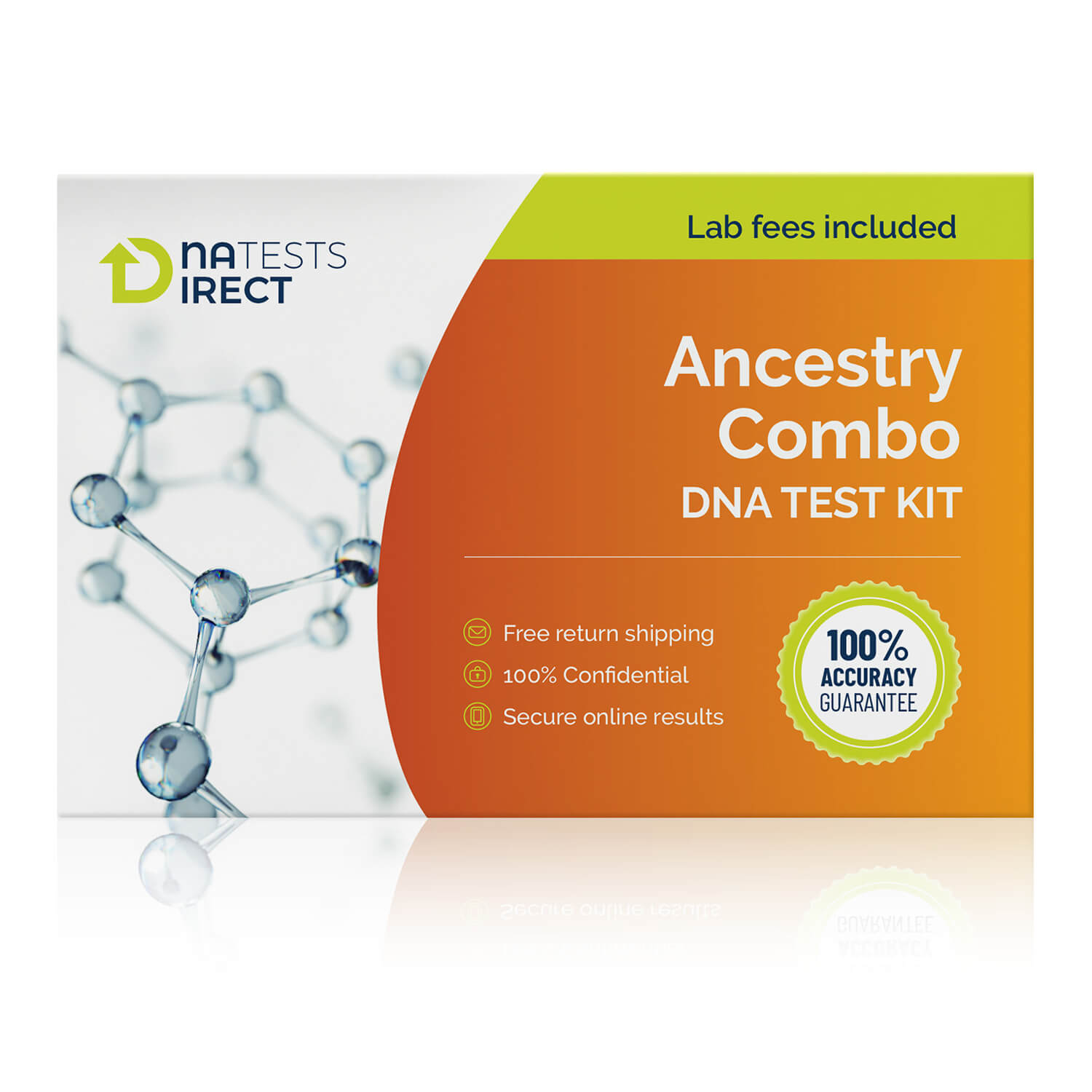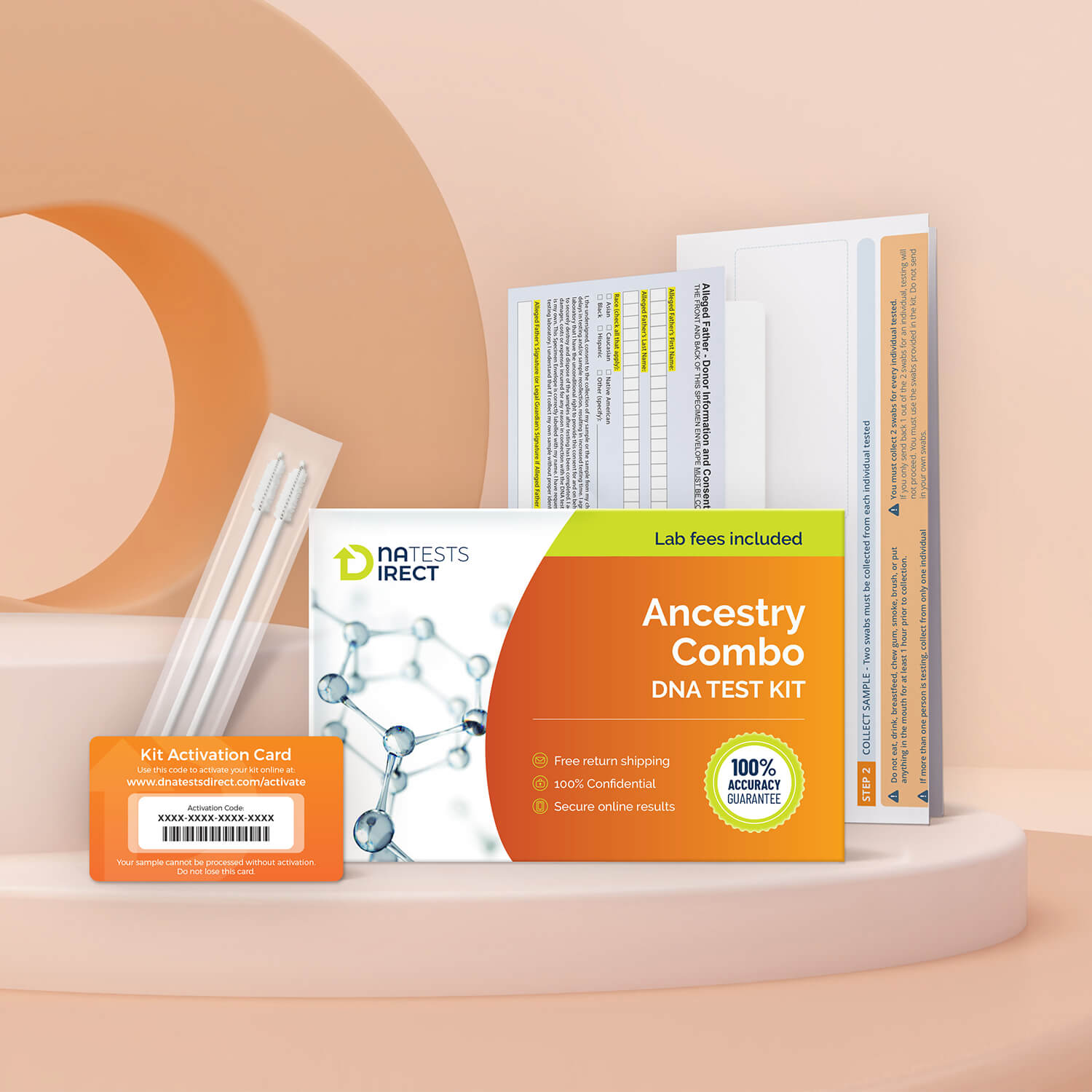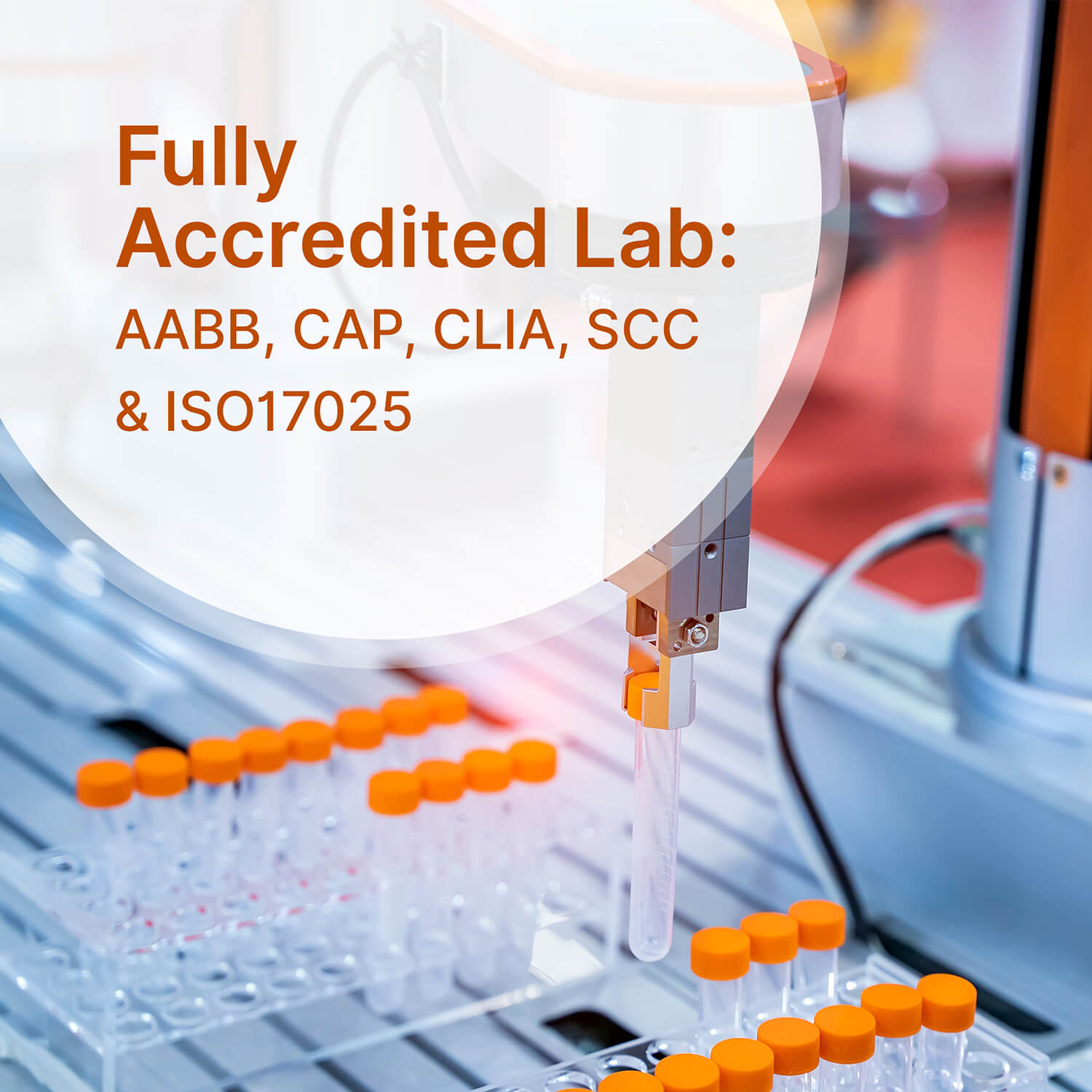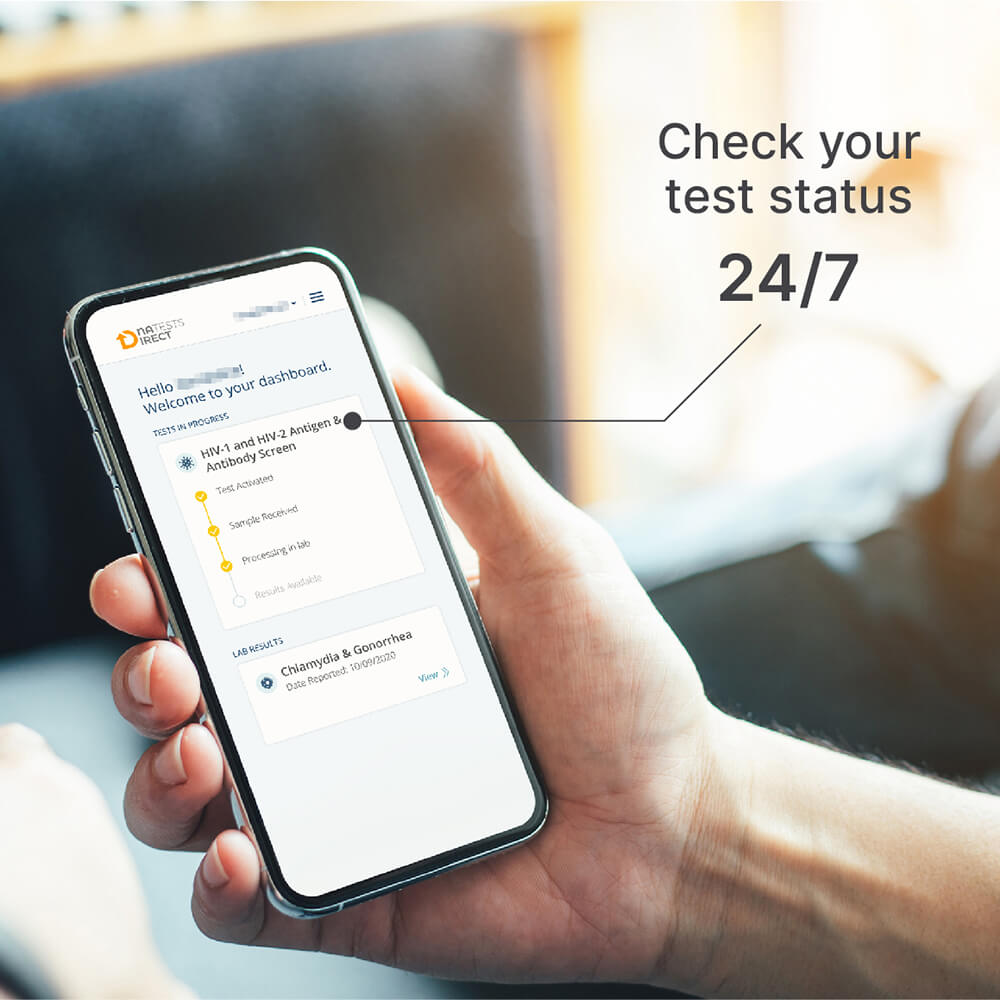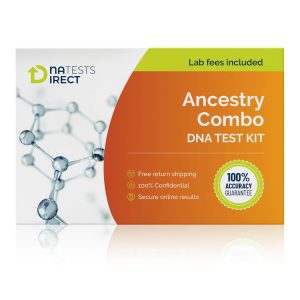 DNA Ancestry Combo
DNA Ancestry ComboDNA Ancestry Combo
$238
Where do your ancestors come from?
The Ancestry Combo can help answer that question! We test your Y-DNA to trace your paternal origins (your father’s, father’s, father’s … origins) and from the same DNA sample, we test your mitochondrial (mtDNA) to trace your maternal origins (your mother’s, mother’s, mother’s … origins). We can tell you where your ancestors once lived. In the process, we can help to identify long-lost relatives. This test is especially useful for people who have been adopted and wish to find biological relatives.
- Online Results: Receive confidential results through a secure online portal, ensuring your privacy and peace of mind at every step.
- Painless Sampling: Collect your DNA samples with easy-to-use mouth swabs – no blood or needles required.
How It Works

Order
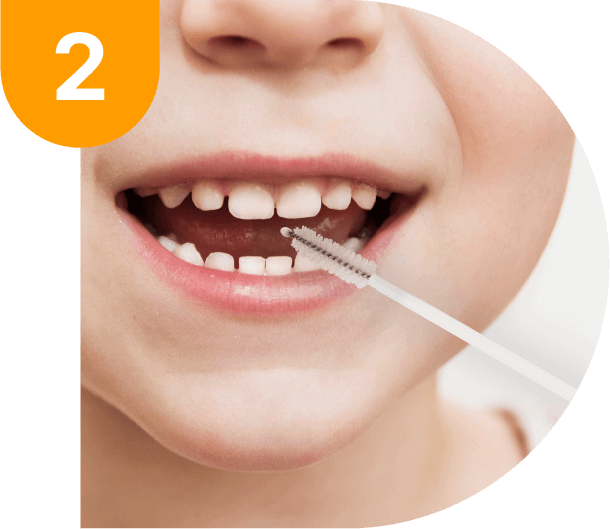
Send
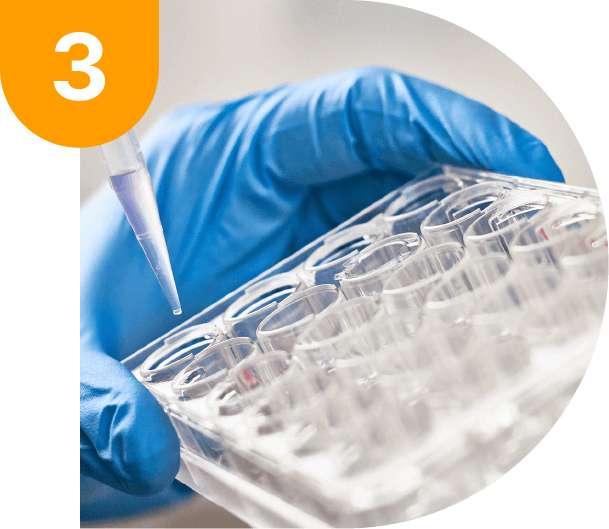
Receive your results

Results
What is mtDNA and Y-DNA?
What is mtDNA?
Mitochondrial DNA is the circular DNA found inside the mitochondria. Each cell contains several mitochondria and each mitochondrion contains dozens of copies of the 16,569 base pairs of mtDNA. So, in every cell there can be thousands of copies of mtDNA, which differs from only two copies per cell of the linear and much larger nuclear genome. Each individual inherits mtDNA from only their mother. Hence there is no mixing (recombination) of the mtDNA from generation to generation. As mtDNA essentially remains unchanged through the maternal line, it provides an incredibly useful way to trace maternal ancestry.
What is Y-DNA?
Y-DNA refers to the DNA on the male sex chromosome, the Y chromosome. We each have 23 pairs of chromosomes: 22 pairs of autosomal chromosomes and two sex chromosomes, the X and Y chromosomes. Females inherit an X chromosomes from each parent (but no Y chromosome). Males inherit an X chromosome from their mother and a Y chromosome from their father. Very little recombination (mixing) occurs between the X and Y chromosomes in males. Hence the Y-DNA essentially remains unchanged through the paternal line, providing an incredibly useful way to trace paternal ancestry.
Your mtDNA genome contains 16,569 base pairs. That is 16,569 different places that a DNA change can occur! DNA SNP chips (used by many ancestry testing companies) detect less than 20% of all these possible changes. We use Sanger Sequencing, the GOLD standard for DNA sequencing, to identify every single base pair. If you carry a mtDNA genetic variant, our technology will detect it, GUARANTEED.
The mtDNA genome contains three regions: two hypervariable regions (HVR1 and HVR2) and the more conserved coding region. You have the following choices when ordering a maternal ancestry test:
- Sequence just one or both of your hypervariable regions so that you can accurately compare your mtDNA to published data from hundreds of famous historical figures and ethnic groups around the world.
- Upgrade to the full mtDNA genome sequence (HVR1 + HVR2 + coding region) to confirm your ancient maternal history (mtDNA haplogroup and subclade).
Y-DNA contains both slow and fast-changing genetic markers. DNA SNP chips (used by many other ancestry companies) detect only slow-changing SNPs (single nucleotide polymorphisms). These slow-changing markers are excellent for tracing ancient ancestry, but are not useful for anything recent (i.e. the last few hundred years). If you want to use your DNA to help build your family tree, you need to look at fast-changing genetic markers – STRs (short tandem repeats). Our ancestry test detects STRs found on your Y chromosome.
You can choose to analyze 20, 44 or 101 different Y-DNA STRs with our paternal ancestry. The choice is yours! However, the more markers you choose to analyze, the higher the resolution will be in detecting paternal ancestry. Compare your Y-DNA to published data from hundreds of famous historical figures and ethnic groups around the world. Our test even allows two males to pinpoint the number of generations since they have shared a common ancestor.
Simple sample collection
There are no painful needles or doctor’s appointments required. We provide simple mouth (buccal) swabs to painlessly collect a few cheek cells. Your DNA is inside every one of these cells, and that is all that is required for the analysis.
Who can take this test?
Any male of any age can take this test. As females do not carry Y-DNA this test can not be conducted on a female DNA sample. Females carry two X chromosomes, while males have one X chromosome and one Y chromosome. If you are a female, and wish to trace your paternal ancestry, you can choose to test a direct male line relative, such as your father, brother or a paternal uncle.
Frequently Asked Questions
Once your sample is received by our laboratory, processing usually takes 6-8 weeks. You will receive an email notification when your results are ready, and you can access your detailed report through a secure online portal.
We take data privacy seriously. Your results are confidential and only shared with you. We do not share your results with insurance companies, employers, or any other third parties.
Why DNA Tests Direct?
Accredited Excellence
Your Privacy, Protected
Expert Support
Related Test Kits
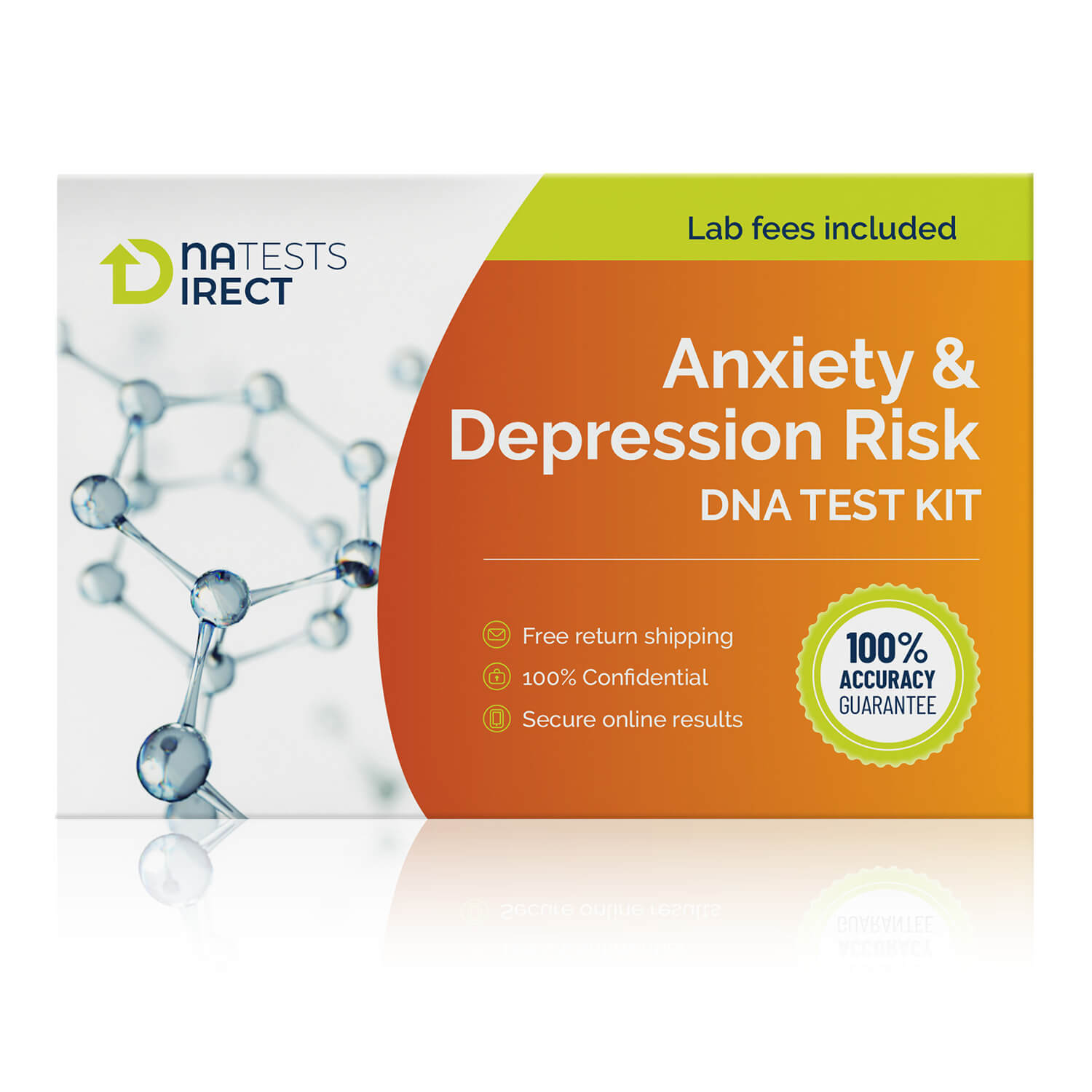
$149
Do your genes play a role in how you feel? This test reveals how your DNA might affect your mood, stress levels, and risk for anxiety and depression.
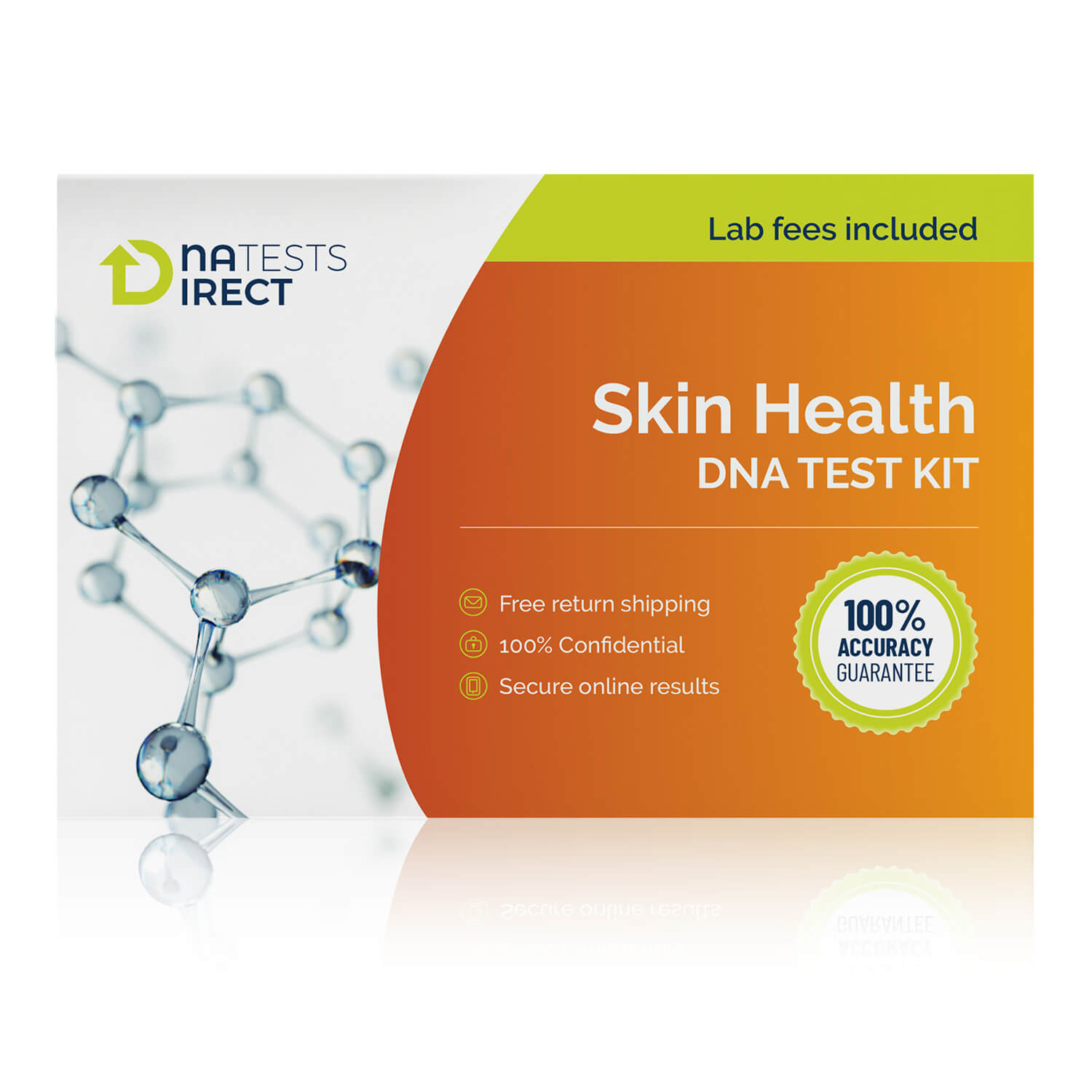
$249
Your skin’s appearance is influenced by your diet, the environment, and your genes. Take this test so you can personalize your skincare routine to your genetic makeup.
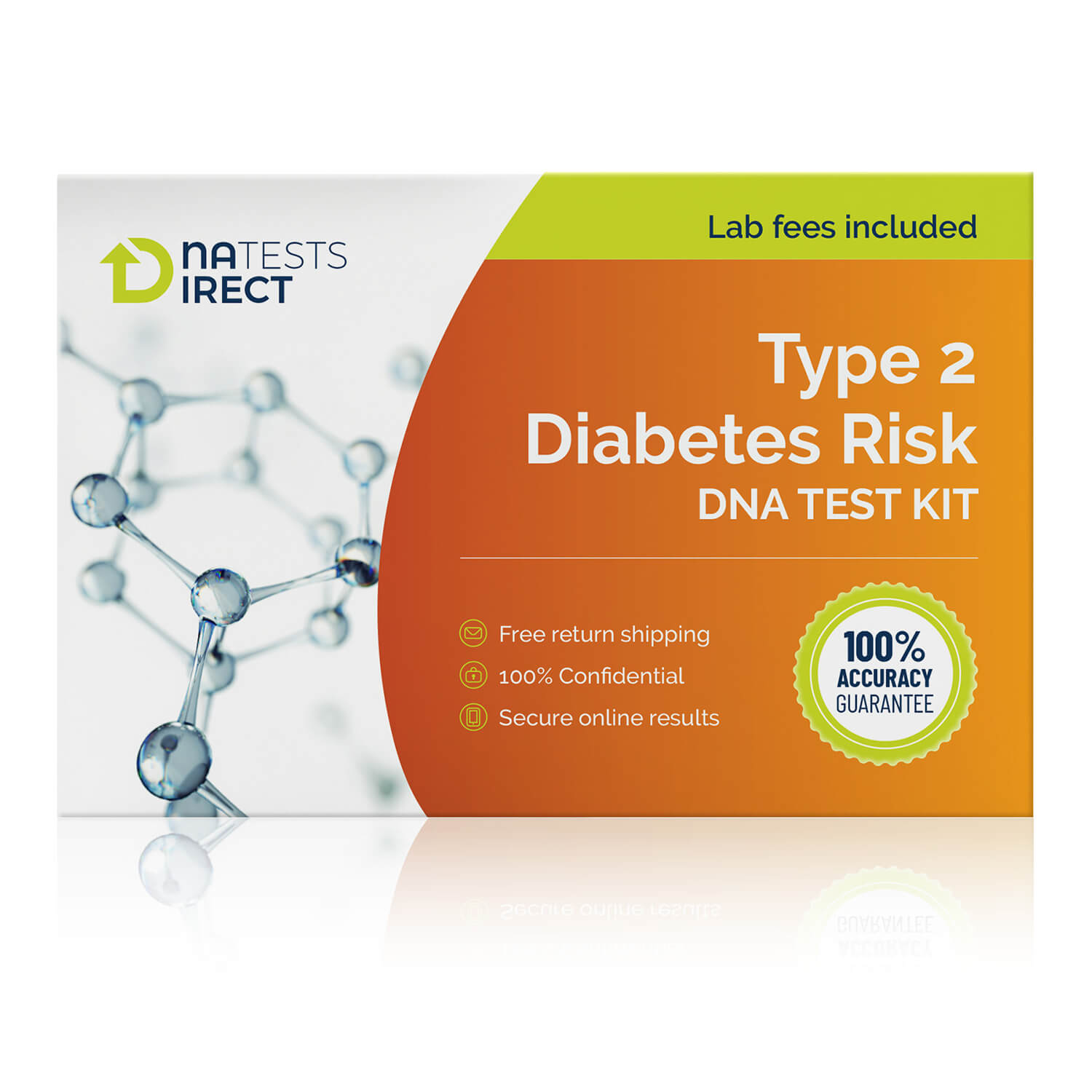
$349
Type 2 diabetes affects millions around the world. Genes can increase your risk of developing this metabolic disorder. Find out if you are at increased risk.
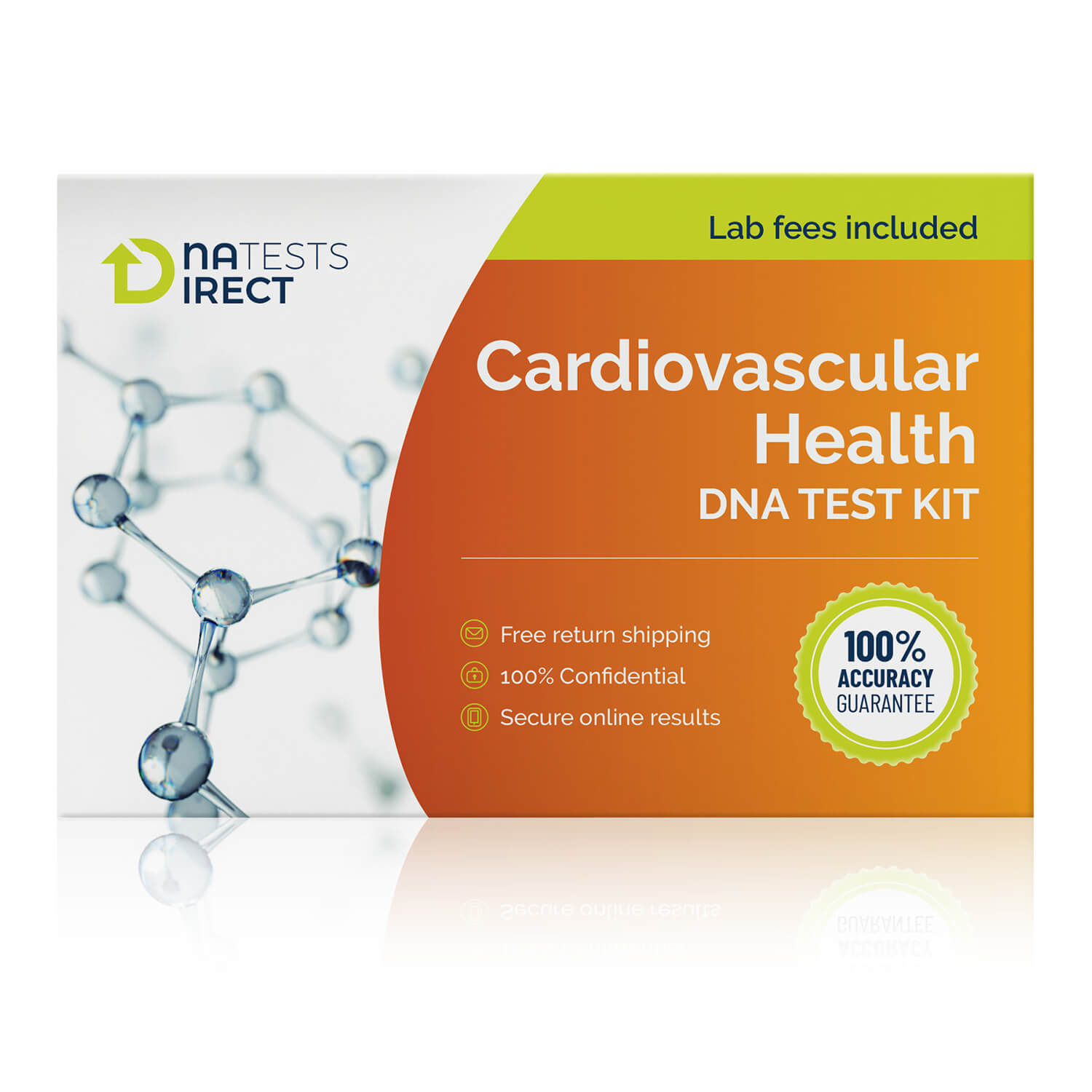
$349
Heart health is influenced by genetics because genes influence the levels of “good” cholesterol, “bad” cholesterol and triglycerides. Find out if you are at increased risk of poor heart health.
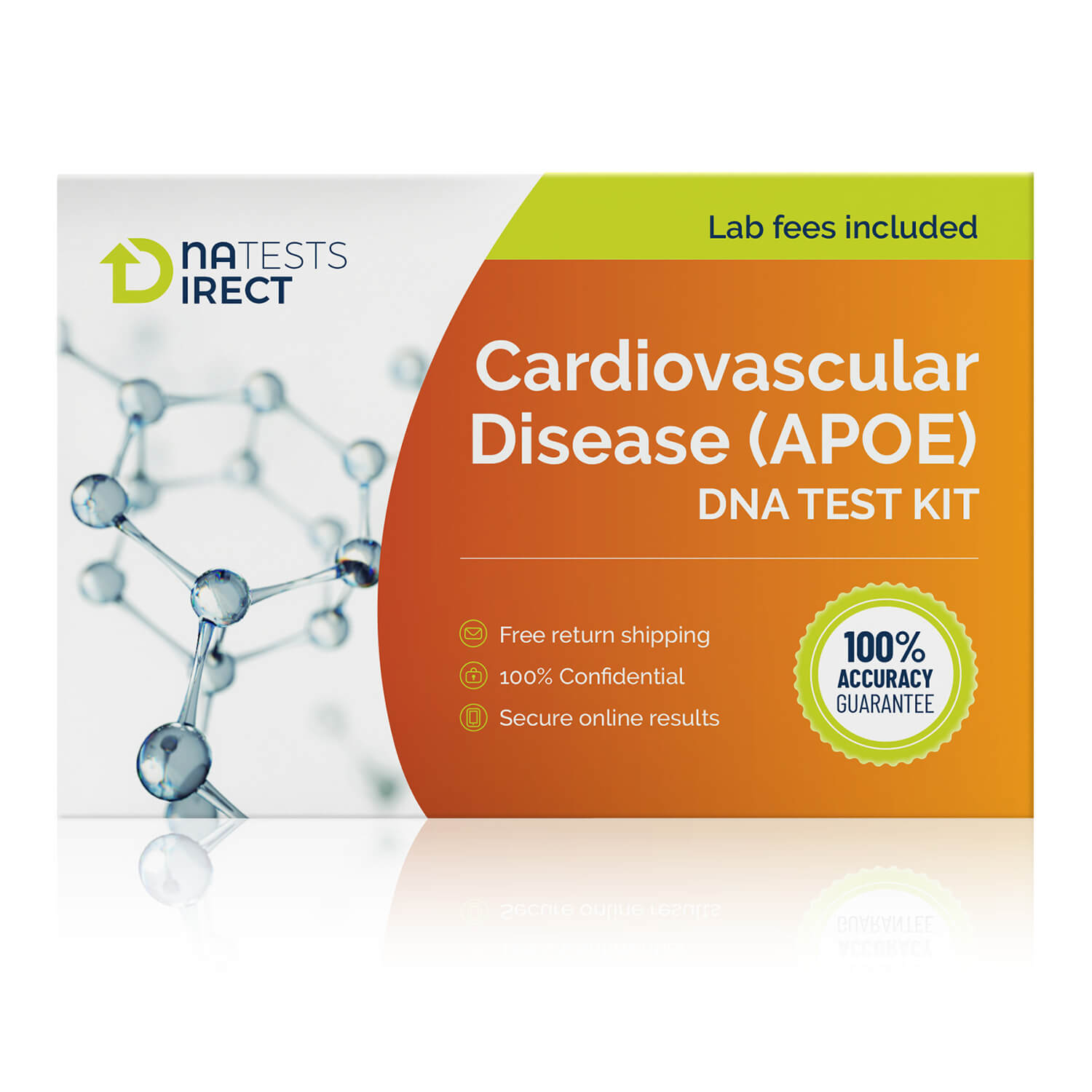
$195
Variation in the APOE gene is one of the strongest genetic risk factors for cardiovascular disease. It also affects how well you respond to statins and dietary changes used to modify your risk. Are you at increased risk?
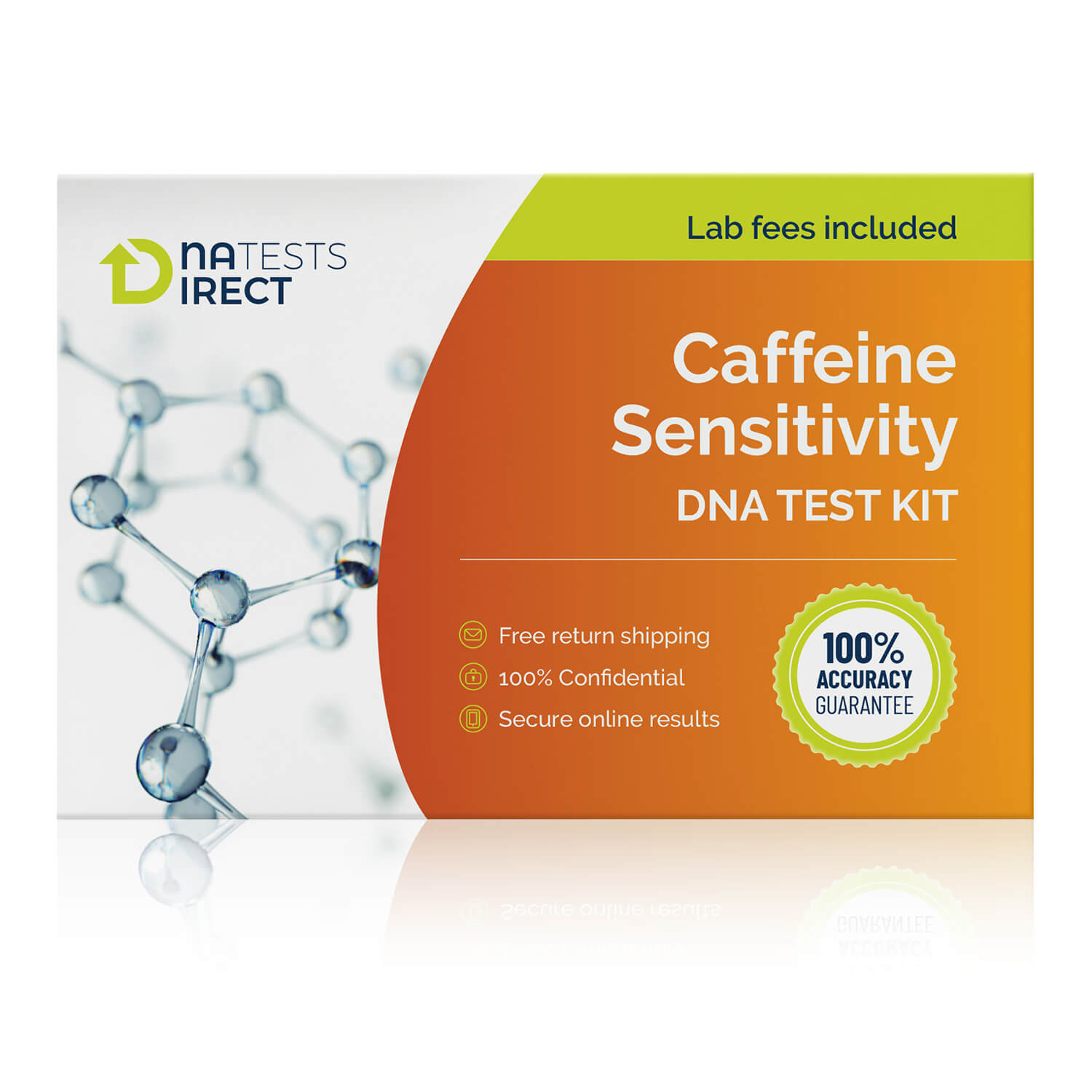
$149
Is caffeine your friend or foe? Our simple DNA test reveals if you’re a fast or slow caffeine metabolizer, so you can adjust your intake and feel your best.
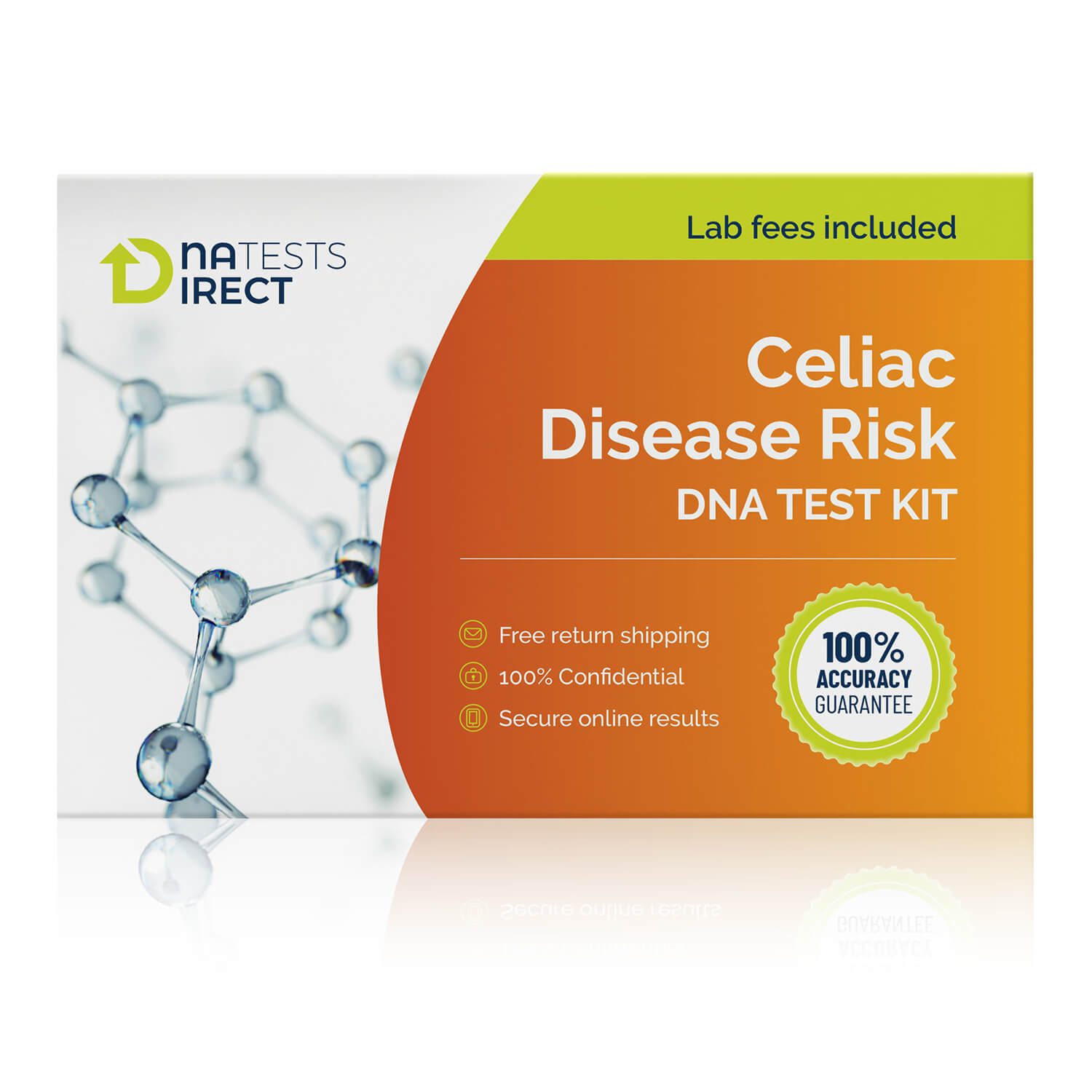
$249
Discover your genetic risk for Celiac Disease. This simple DNA test provides insights into your gluten sensitivity from the comfort of your home.
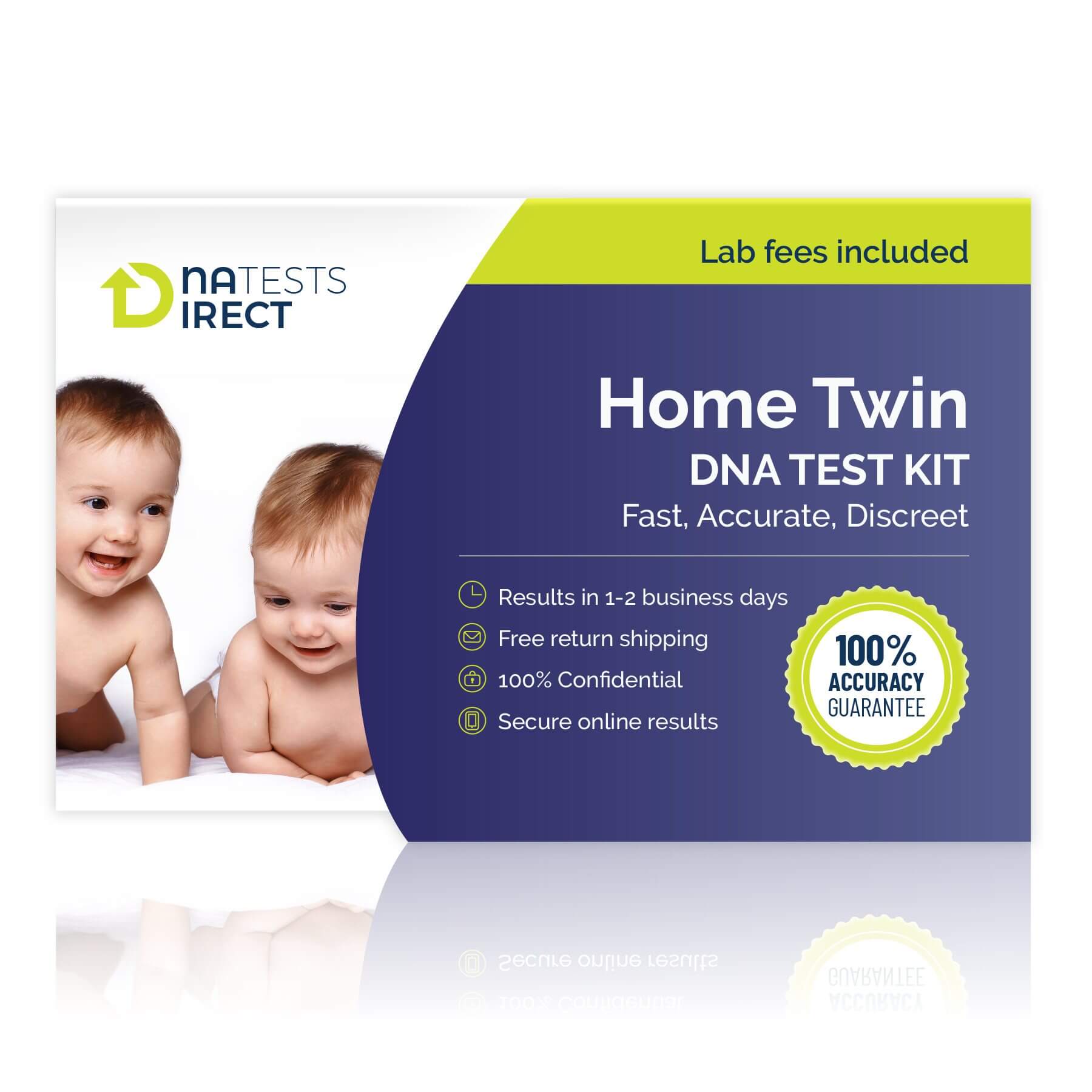
$149 $271
Conclusively determine whether a set of twins are identical or fraternal.

